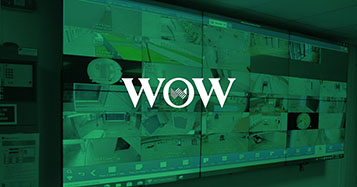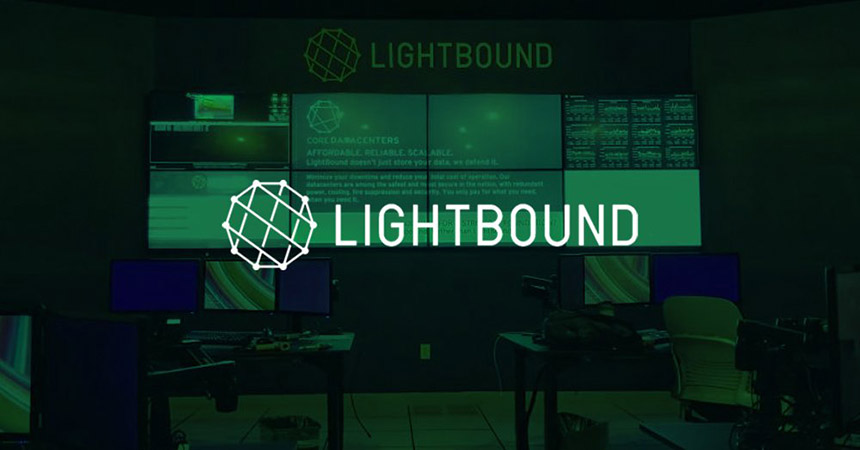
Simple video wall solution transforms hospital

About The Project
Seocho Sebarun Hospital, located in Seoul, South Korea, opened its doors in June 2015. The hospital specializes in spine and joint pain for its patients. Technology is a crucial aspect of the hospital's successful operation, as is keeping patients informed and educated.
The Challenge
There are three other Sebarun Hospitals that have previously deployed video walls, with little success. The hospitals purchased expensive video wall platforms thinking they would also be both powerful and easy to use, but they only received complaints from users. The video walls turned out to be extremely complicated to manage and too costly to maintain.
It sometimes took administrators hours just to change content on the video wall. There were also types of content administrators found they couldn’t display. This meant that valuable employee time was being wasted. Staff at the hospital had more important things to do than spend hours trying to run their video walls and digital signage.
The video walls the hospital group deployed in the past also consumed a lot if IT maintenance resources. One video wall required several high-cost PCs to fully support its displays and content. Each of those PCs required software maintenance and upgrades, adding extra work to the Sebarun staff.
Knowing many of the potential problems with video walls, the new Sebarun Hospital began its search for a more affordable, simpler and more flexible video wall solution.
The Solution
The hospital found the perfect fit with the Userful Network Video Wall. Right from the start, they found the solution simple to manage through the intuitive browser-based control center that enables users to drag and drop content to different video walls with ease. The solution can run one or more video walls from a single PC, reducing the maintenance burden on staff. The solution supports 4k, ultra-high definition content and, best of all, it met their budget requirements.
Seocho Hospital deployed three video walls and seven stand-alone digital signs. They installed easily and the solution was up and running quickly. It now provides helpful health and hospital related information to patients including suggested patient exercises, hospital announcements, doctor profiles, and more. It was so easy to set up, and they even decided to put a display in an elevator to consistently keep patients informed.
"Userful Video Wall uses gigabit Ethernet cables, so it is simple to deploy and the user interface is so easy to manage and user-friendly. ...the Userful Video Wall is cost-effective because it can connect, unite and manage a lot of displays with a standard host PC"
The Result
Doctors, patients and hospital staff are very pleased with the Userful video wall setup and how easy it is to maintain. Patients have access to important information and employees can manage content on the fly with just a few clicks.
“Userful Network Video Wall uses gigabit Ethernet cables, so it is simple to deploy and the user interface is so easy to manage and user-friendly. In addition, the Userful Video Wall is cost-effective because it can connect, unite and manage a lot of displays with a standard host PC,” said Lee Kyong-ho, who first introduced the Userful solution.
He added that now it only takes 20-30 minutes to learn how to manage the Userful Network Video Wall system. Before it took many hours, or sometimes days, to learn how to handle the other video wall solutions.
Kwak Byung-chan, the head of management at Seocho Hospital, is extremely happy with the new solution and its simplicity in delivering all of the content they need.
“I was surprised to know that I can master methods to operate the system so easily. We are playing our videos on a full screen with the 2x2 grid video walls. The doctors were very satisfied with the powerful and wonderful screens,” Byung-chan added.
Download Case study PDF
Download The PDF version here


